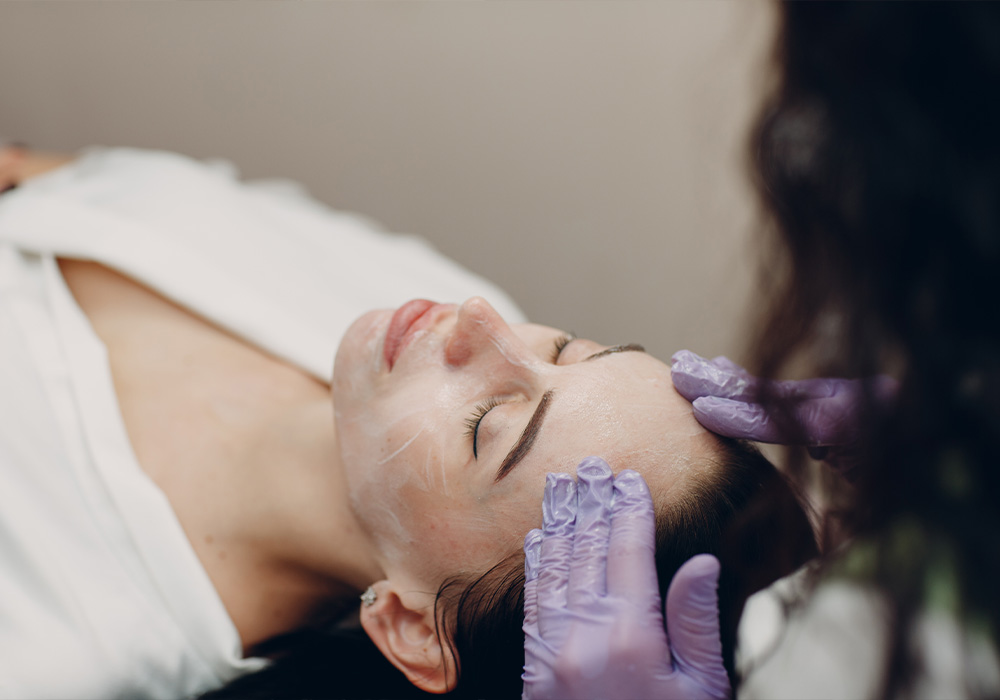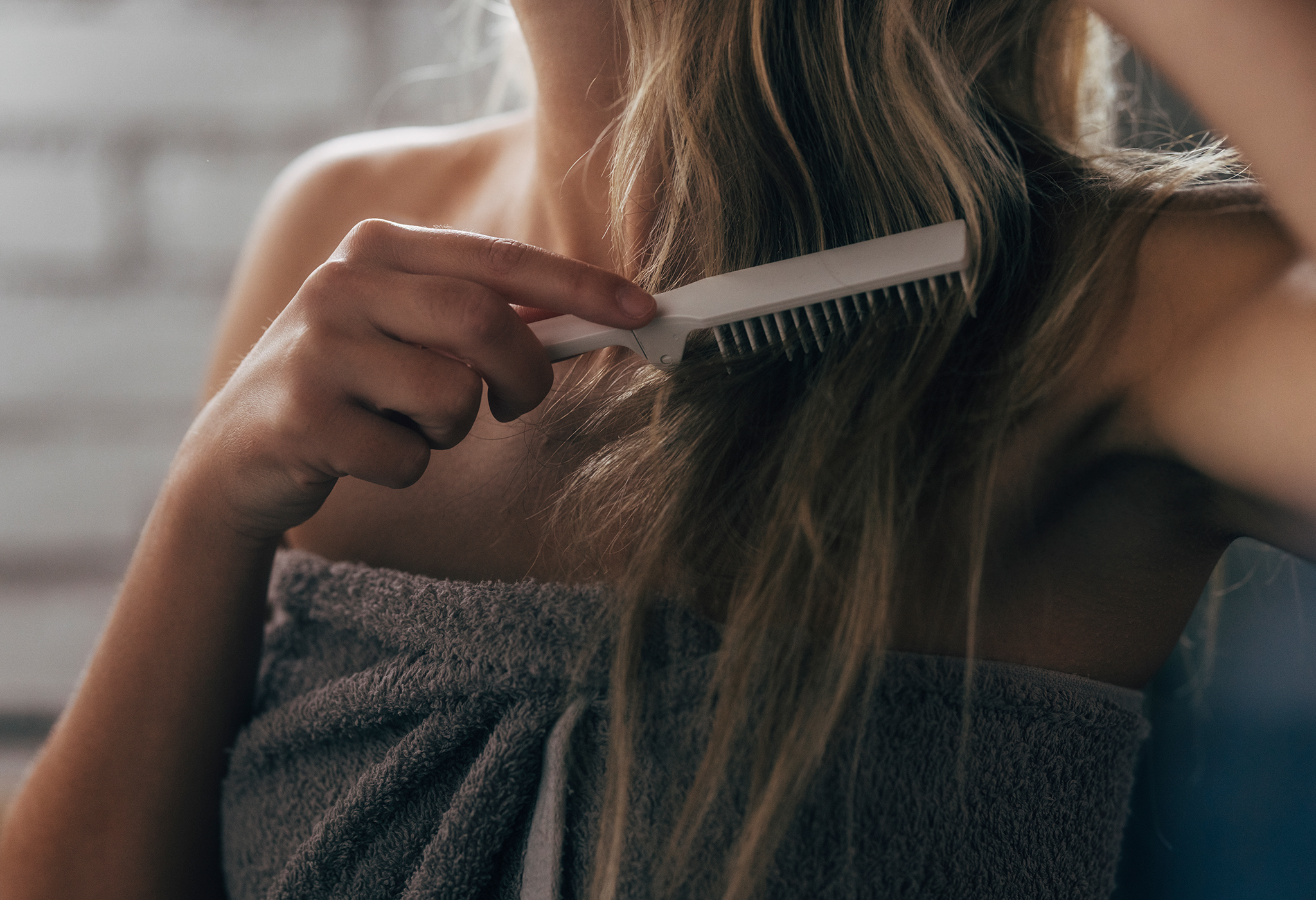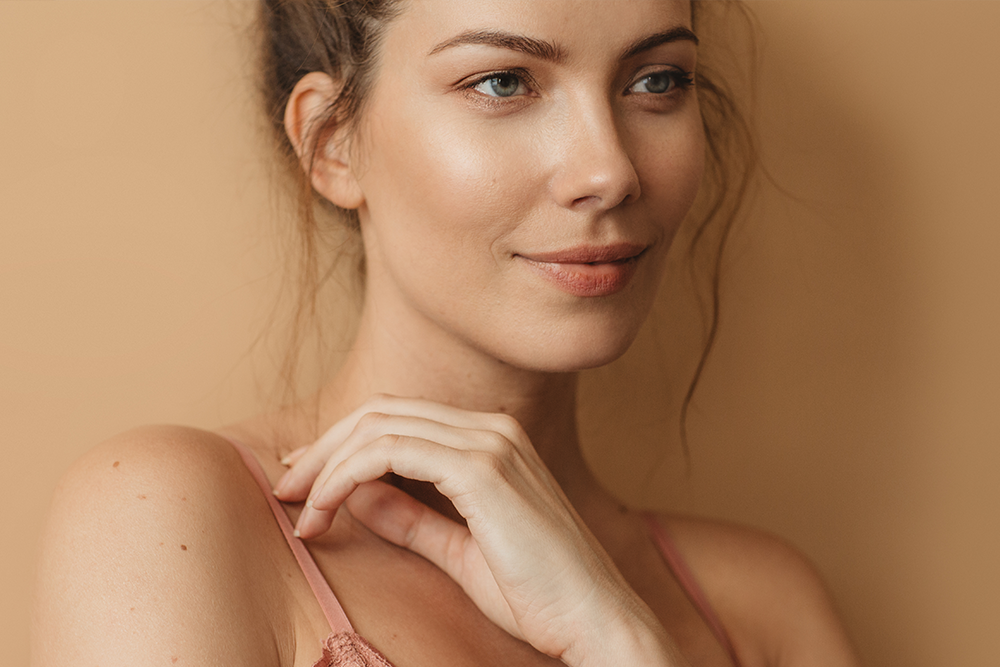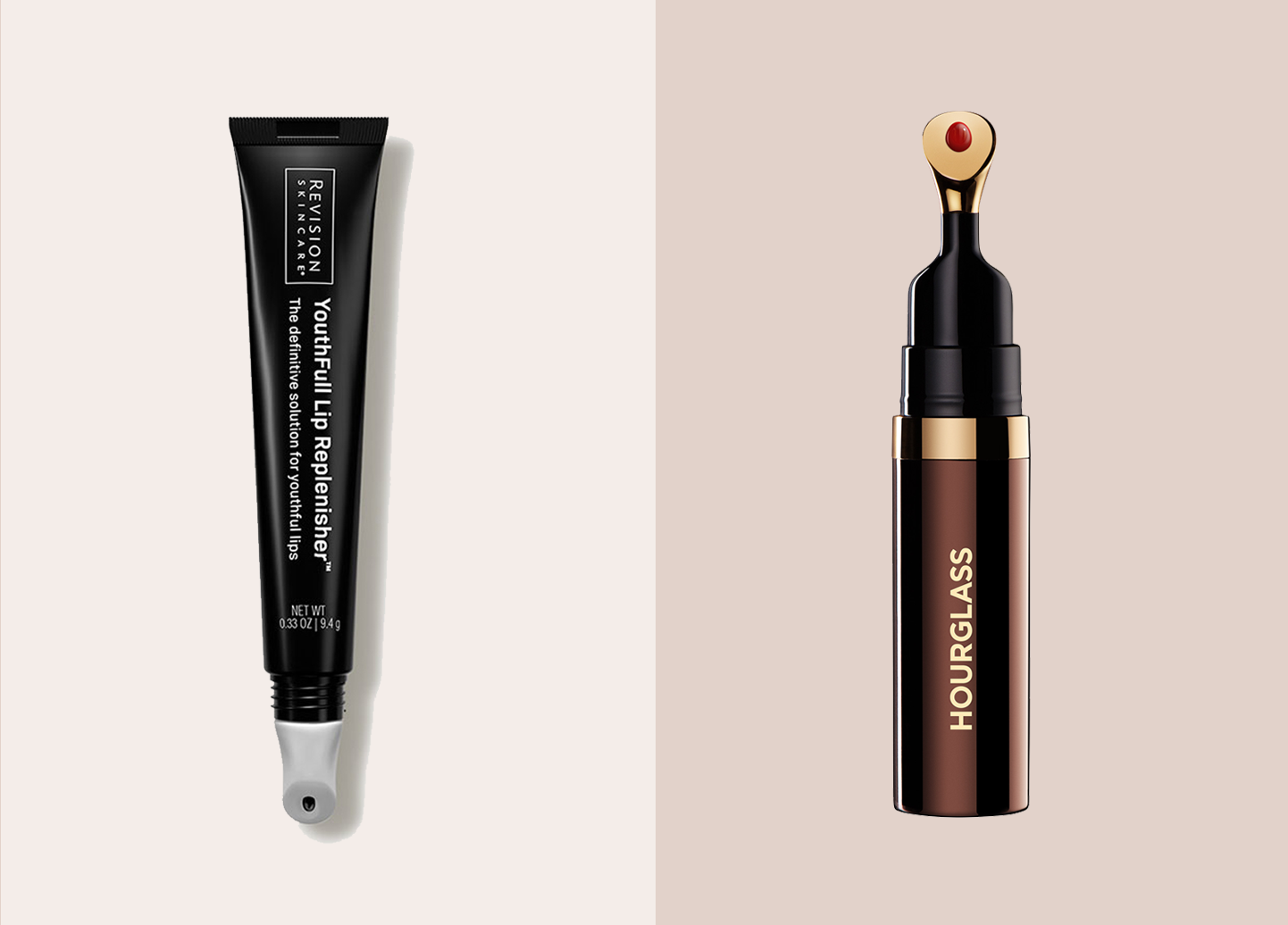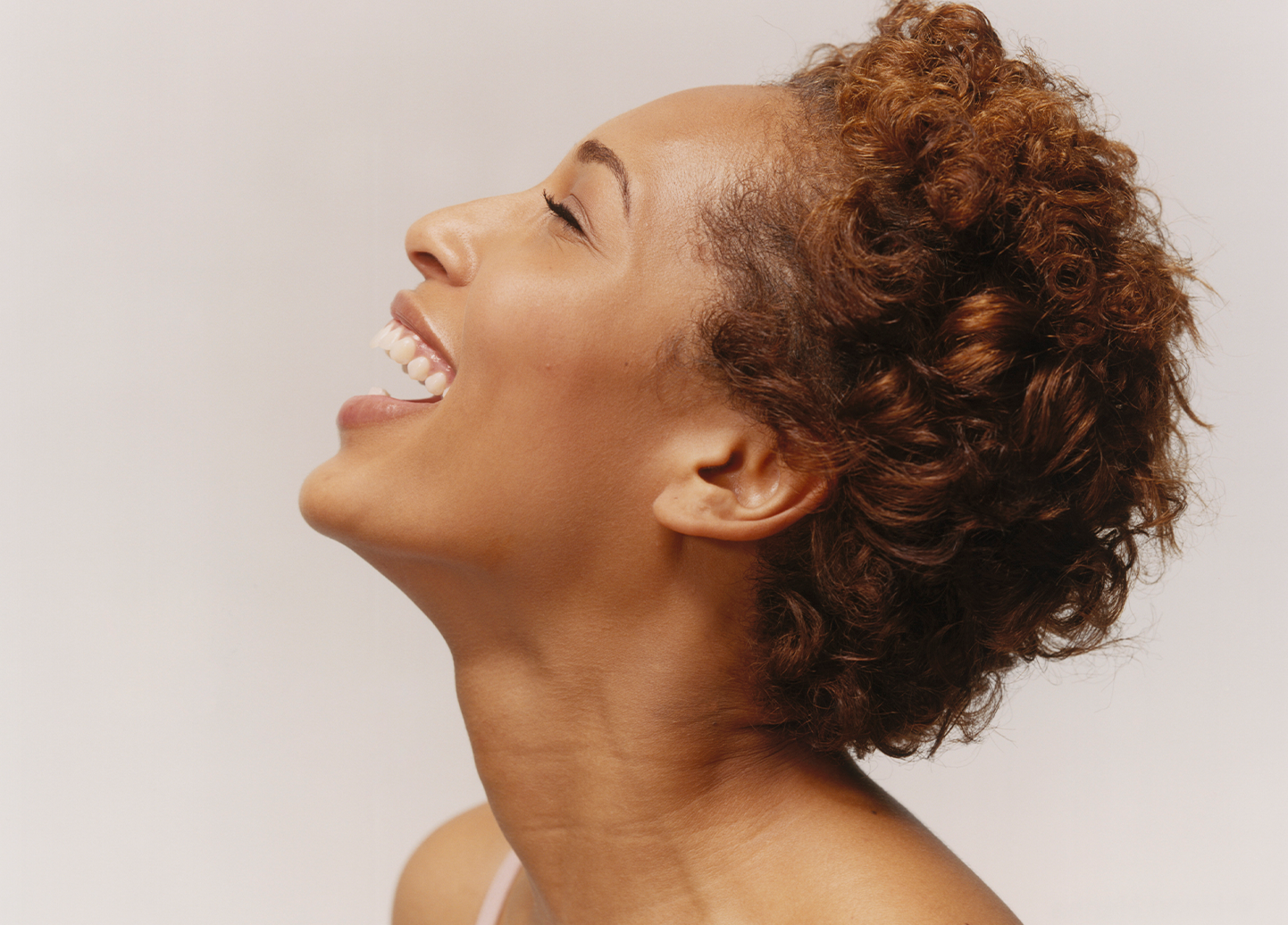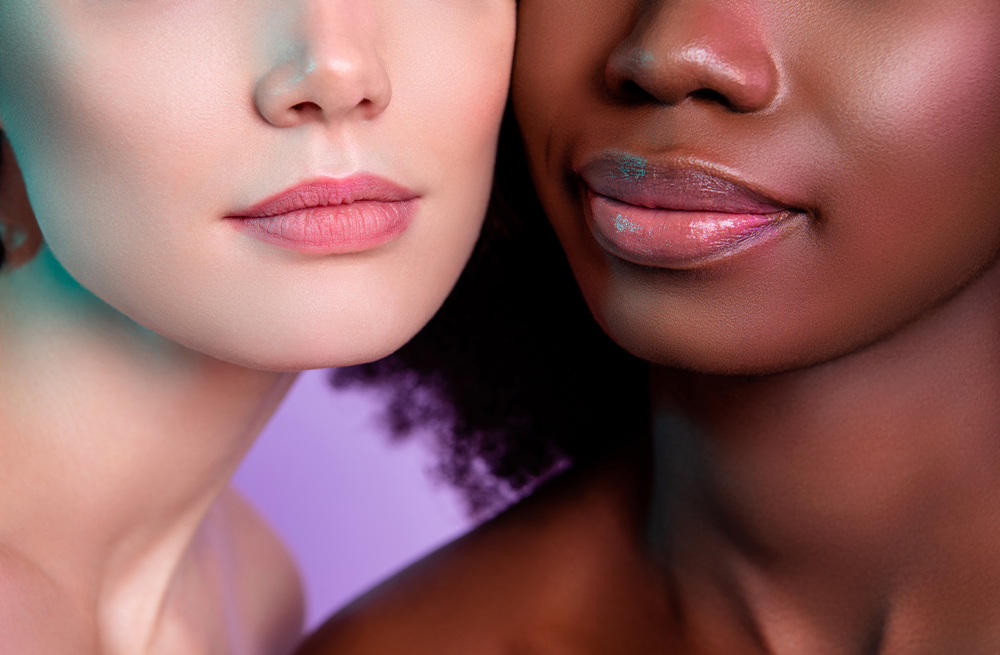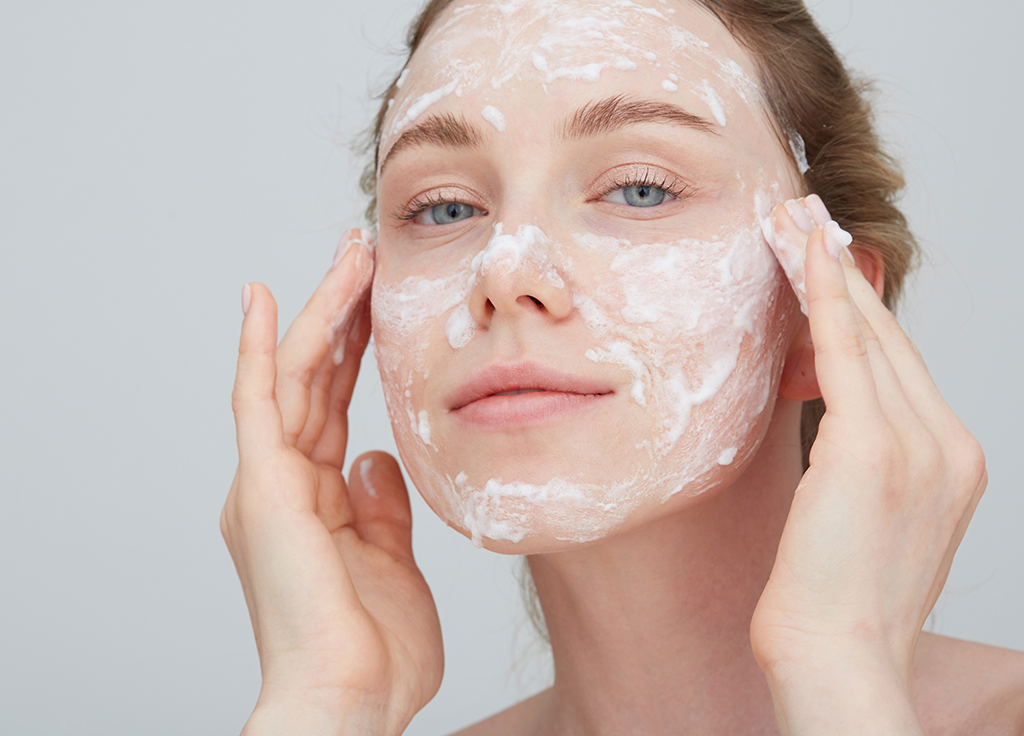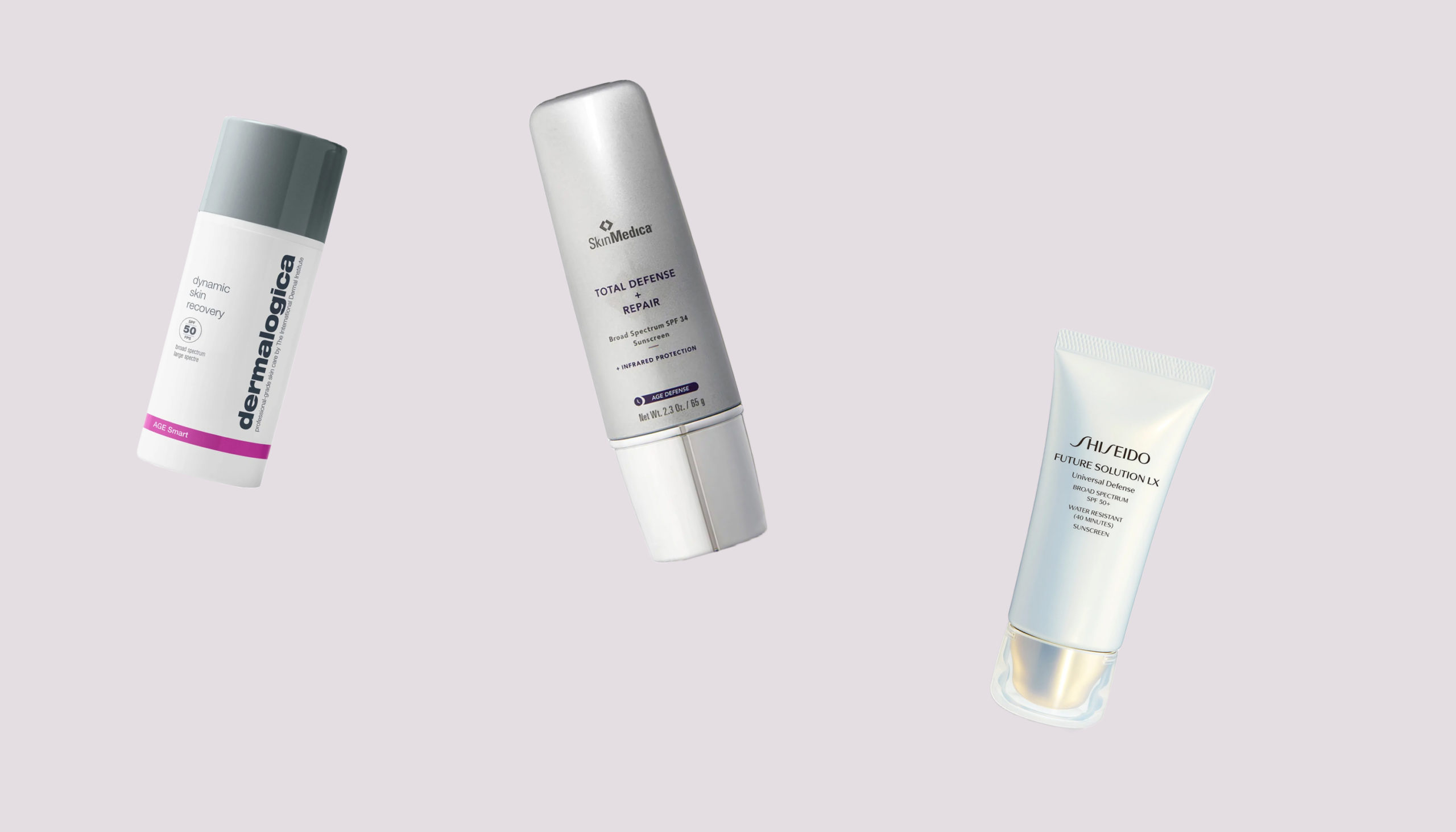Isn’t it ironic (and incredibly frustrating) that the more we smile and laugh, the more pronounced our smile lines become? Known as smile lines, laugh lines or nasolabial folds, these lines extend from either side of the nose down to the corners of the mouth. But, facial expressions aren’t the only causative factor. “The loss of facial volume that occurs with aging is a big culprit,” says Washington, D.C. dermatologist Tina Alster, MD. “Essentially, the facial foundation sags and leads to development and deepening of the nasolabial folds. Facial volume loss can be caused by intrinsic aging, genetic predisposition, rapid weight loss, and certain medications.”
Other factors that can cause more pronounced nasolabial folds or laugh lines include smoking, environmental pollutants and sun exposure. UV exposure speeds up the aging process, leading to wrinkles and an uneven skin texture,” adds Dallas dermatologist DiAnne Davis, MD. There’s a chance that one smile line may look deeper than the other as well. This tends to occur on the left side of the face, which is exposed to more sun while driving and can experience more collagen damage.
So, which approach should you take if your smile lines drive you crazy every time you look in the mirror? Beverly Hills, CA dermatologist Ava Shamban, MD says it depends on their severity. “Topical skin care can help temporarily in many cases if the wrinkles are mild or moderate. If they extend from the corners of your nose to the corners of your mouth, then they are deeper. These will look like fully demarcated parentheses with resulting shadows around your mouth. In these cases, in-office procedures such as fillers and lasers will be necessary for a noticeable result.” Here are nine treatments to know about if smile lines or laugh lines are a concern.
At-Home Skin-Care Treatments and Products for Smile Lines
For those people whose laugh lines fall on the more moderate-to mild side, Dr. Shamban says there are topicals that may help alone or in combination for temporary improvement. These are ones to try.
1. Acid-Based Products That Smooth and Plump
“A chemical or physical exfoliant, including combinations of alphahydroxy acids and betahydroxy acids will help smooth the area,” says Dr. Shamban. “Polyglutamic acid will infuse hydration to keep the skin plump and make the laugh lines less visible around the mouth.” The INKEY List Polyglutamic Acid Hydrating Serum ($15) is a good place to start.
Vitamin C is also technically an acid, ascorbic acid. Dr. Davis recommends incorporating a good vitamin C product into your routine for not only collagen-boosting effects, but also antioxidant properties. Here is a comprehensive list of the best vitamin C serums money can buy, as recommended by dermatologists.
2. Medical-Grade Silicone Patches
Medical-grade silicone patches can create an environment that helps skin retain moisture. This keeps the area hydrated and appearing plumper, reducing the visible signs of fine lines and wrinkles,” Dr. Shamban says. Two products we like are SiO Beauty Eye & Smile Lift Patches ($30) and Frownies Corner of Eyes & Mouth Wrinkle Patches ($24).
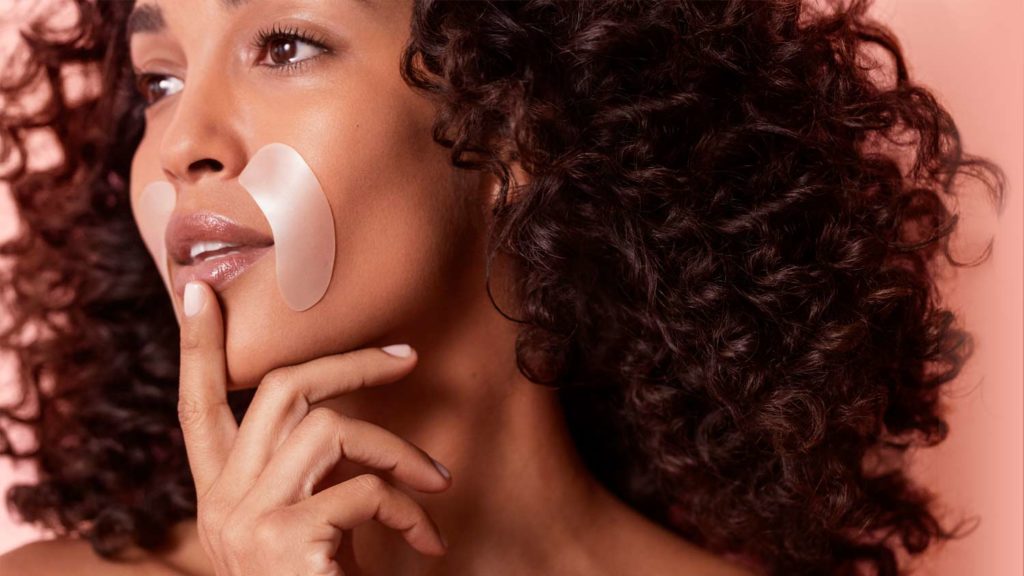
3. Microneedling Patches
“Patches with micro-cones or ‘needles’ infused with serum can give laugh lines a temporary boost and smoothing effect,” says Dr. Shamban. Look for those with ingredients like retinol, peptides and/or polyglutamic acid. We like Dēpology Deepcare+ Serum-Infused Micro Dart Patches ($72), which contain 1,000 micro-darts that penetrate the skin to deliver hyaluronic acid and argireline. Another good option is RoC RETINOL CORREXION Deep Wrinkle Targeted Patches ($20), which add retinol into the mix. During clinical testing, 97 of participants had visibly reduced wrinkles in two hours.
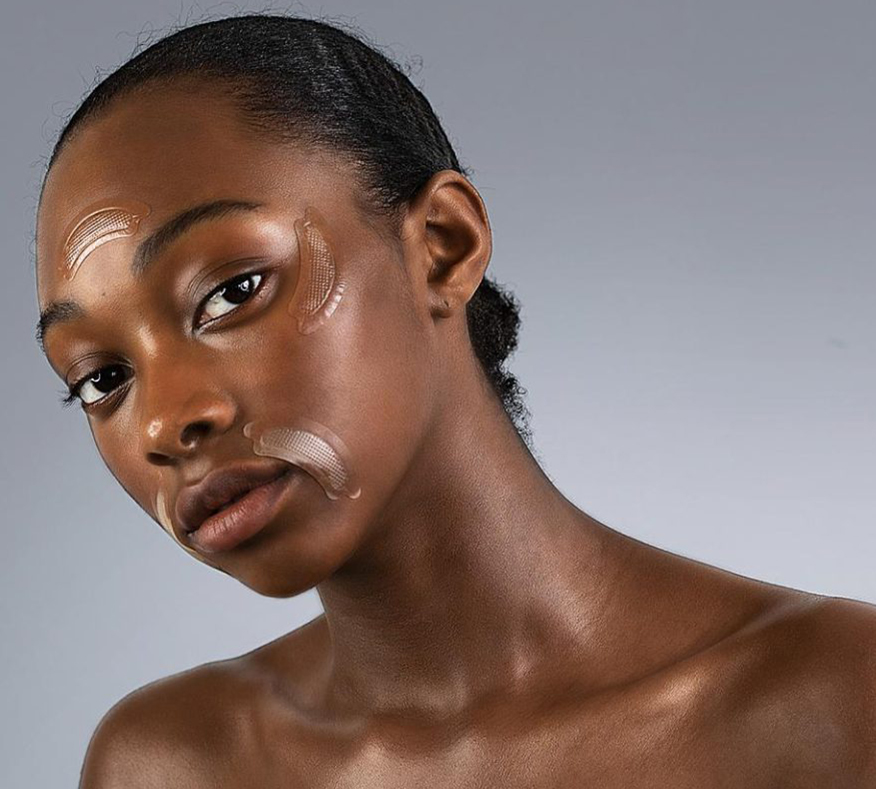
4. Products Containing Retinol
“The best topical products to address smile lines are vitamin A derivatives,” says Salt Lake City facial plastic surgeon P. Daniel Ward, MD. “Retinoids/retinol are the very best option, as they help smooth the look of lines and boost collagen and elastin. I like the FormRX skin-care line, which is medical-grade and effective at treating this area topically. Always remember to wear broad-spectrum sunscreen when using retinol—and even if you’re not—as well,” Dr. Ward shares.
Beverly Hills, CA facial plastic surgeon Kimberly J. Lee, MD adds that the reason why we get laugh lines is because we lose elasticity and collagen. This causes the skin and tissues to sag. Therefore, products that bolster collagen formation—or slow its breakdown—like retinol, can help delay this process.
5. Products Containing Peptides
You may recall seeing the viral “Botox Trick” on TikTok back in 2021, which can help temporarily minimize the appearance of smile lines. The “trick” involves mixing a 10-percent argireline solution (argireline is a potent biomimetic peptide) and 10-percent Matrixyl, a peptide that has been shown to stimulate collagen production to create thicker dermal tissue over time. “Cosmetic ingredients like these can interact on some level at the synaptic junction and work well with injectable neuromodulators,” Dr. Shamban says. “This will help relax muscle contraction to improve lines.”
In-Office Solutions for Laugh Lines That Deliver Longer-Lasting Results
For those in search of achieving visible results quickly, seek a board-certified dermatologist or plastic surgeon for an in-office treatment.
1. Hyaluronic Acid Fillers
Over the last two decades, hyaluronic acid (HA) fillers have become the material of choice for dermal correction in our soft tissue. This is based on their ability to produce immediate, predictable, and in most cases, natural‐appearing results in key areas of the face like the smile lines,” says Dr. Shamban. “Each brand has a product category with a range of HA filler options in terms of viscosity and density. And, when injected properly, they have exceptional outcomes with excellent safety and tolerability profiles for creases in this area.”
“My personal favorite line filler for the smile lines is Restylane,” says Dr. Ward. “This is the first non-animal hyaluronic acid filler that was produced. It’s made of non animal–based HA, and I still think it is the best one.”
Dr. Shamban also loves another classic, Juvéderm, and two newer options, Revance RHA 3 and RHA 4. “RHA is particularly great in this area, and all dynamic areas of the face,” she says. “It uses a gentle manufacturing process with only a few chemical modifications. This results in a gel that closely mimics the natural HA found in one’s own skin. They also have a high ‘stretchability.’ Think of it like a trampoline: a material with a spring that expands or stretches and has the ability to rebound with each smile or expression, keeping a natural look. RHA 3 can be used for moderate nasolabial folds, and RHA 4 is best for deeper folds.”
Dr. Lee says fillers have become extremely sophisticated over the past several years. “I prefer a natural look, so I favor fillers that have some elasticity. This accommodates for the dynamic movement of the mouth and laugh lines when talking, smiling or laughing,” she says. “I like Restylane Refyne and Defyne because they look natural and part of the face.” Rochester, NY dermatologist Lesley C. Loss, MD favors Revance’s RHA 3, as well as Restylane Defyne. “These are great for the nasolabial folds because they are more dynamic. They’re not as stiff as some of the first-generation fillers.”
2. Biostimulatory Fillers
Another group of fillers known as collagen biostimulators—they boost your body’s own collagen production—provides longer-lasting results than hyaluronic acid fillers. “I like Radiesse, which is made of calcium hydroxyapatite gel and can be used to help erase more moderate smile lines, or even severe ones in some cases,” says Dr. Shamban.
3. Cheek/Upper Face Fillers
Dr. Alster says fillers are best for prominent nasolabial folds, but some patients may benefit from injections elsewhere on the face. “Not just in the folds themselves, but more importantly, the upper portions of the face,” she explains. “If injections are only performed in the smile lines, the root cause—volume loss—will not be addressed, and the cosmetic result will not hold. It’s like putting a new roof on a house foundation that isn’t stable. The whole house will cave in.”
Dr. Loss also finds that treating the cheek area and revolumizing the upper face helps with the nasolabial creases. “Hyaluronic acid fillers Restylane Lyft and Restylane Contour, or even biostimulatory filler Sculptra is great for the cheeks.”
4. CO2 Laser Treatments
“I personally think there is nothing better for smile lines than a CO2 laser,” says Dr. Ward, who uses the Candela CO2RE laser. “CO2 laser treatments often take aggressive settings with multiple treatments, but they work amazingly well. They tighten the skin and also produce additional collagen to help reduce laugh lines and pigment in these areas.”
5. Microneedling
Radio-frequency microneedling is another noninvasive option for improving the appearance of smile lines. It involves delivering energy into the skin to stimulate collagen and tighten skin. “Treatments like Vivace and Morpheus8 can boost collagen production and elastin in the area for smoother, firmer skin,” Dr. Shamban says.



